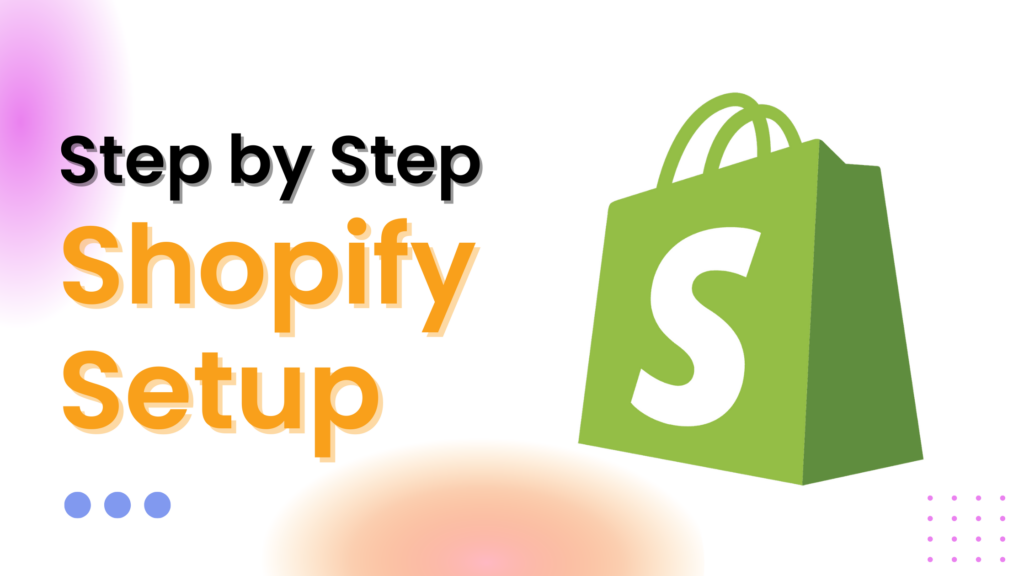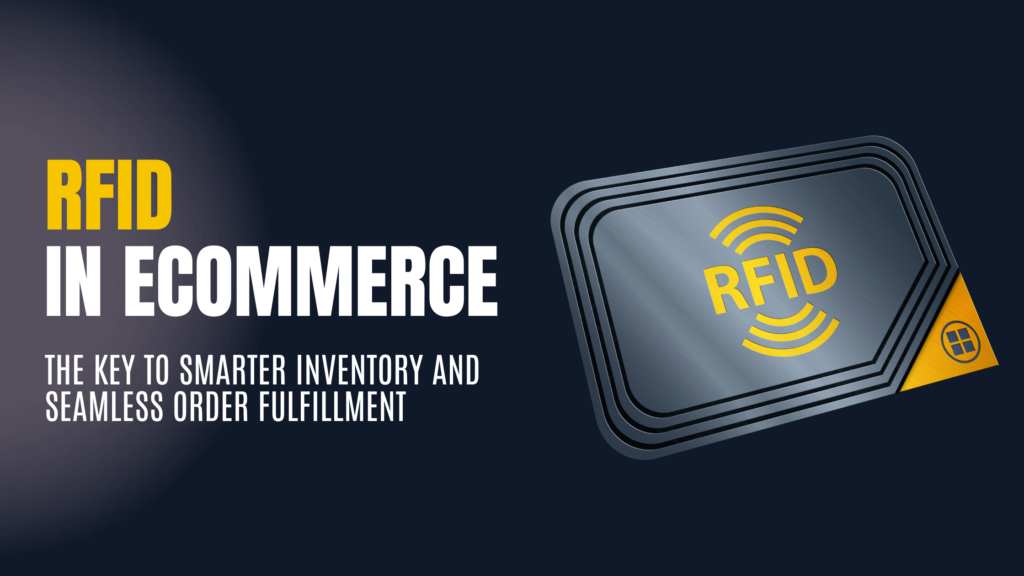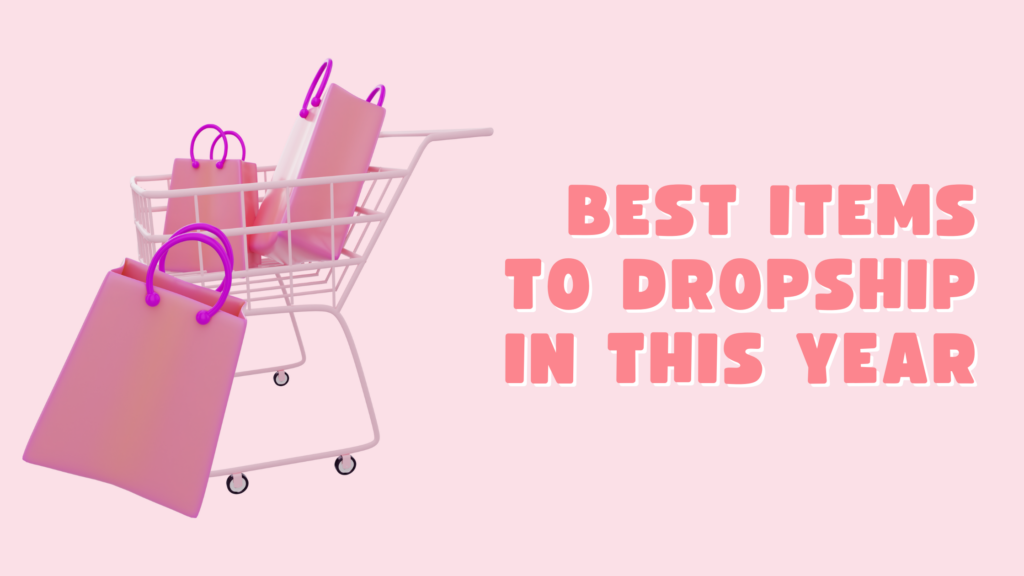Step by Step Shopify Setup
Ever dreamed of launching your online store, but felt overwhelmed by all the technical jargon? Worry no more! Shopify is here to be your hero. Imagine a user-friendly platform specifically designed for entrepreneurs like you.
If you are pondering over the question, “How to set up a Shopify account?”, then you are on the right page. Setting up Shopify is easy as it allows drag and drop of free themes. You can also add product pages for adding products and managing orders.
You can also set up different payment methods so that you can start selling on the website. All this process is done without the need for any coding knowledge. In this guide, we will explain the step-by-step setup of the Shopify account.
What is the Importance of the Shopify Setup Guide?
The question “How to start a Shopify store for beginners?” is the most asked question when someone is planning to start a dropshipping business. Before this, one needs to know the setup guide for the Shopify account. A setup guide of Shopify is a very important aspect as it breaks down the process into manageable tasks.
This guide will help beginners understand the complexities of setting up a Shopify account. You can understand each stage clearly which makes it easy to build your online store. This will reduce confusion and will save time allowing you to focus on learning and implementing one task at a time. The step-by-step guide will increase confidence and empower you in setting up your store.
Why Choose Shopify for Your Online Store?
This platform is an ideal choice for setting up a website on Shopify. Shopify offers a user-friendly interface and robust features that help as a great website builder. Shopify helps in the easy setup of a professional-looking website even if you don’t have any technical knowledge. Shopify themes offer paid themes as well as free themes that help in setting up a Shopify website.
Shopify also provides secure payment processing options that integrate seamlessly with multiple payment gateways. A secure and seamless payment gateway will ensure smooth transactions for the customers. Optimization tools like SEO and email marketing will help in retaining customers.
The intuitive dashboard makes order and inventory management simple. This helps in time and effort saving. Overall, Shopify simplifies the process of setting up and managing an online store. Setting up a Shopify store and making use of the features is an excellent choice for entrepreneurs.
How to Set up a Shopify Account?
Is Shopify hard to set up? Well, it is not if you follow the steps closely and diligently. The steps are described below:
Create a Shopify Account
After selecting the free trial option, fill in the details about you. If you are new then you can go ahead with the option “I’m just playing around”. You need to name the store along with your address, zip code, and other necessary details.
Setup Your Online Store
Once the detail-filling process is complete, select “Enter my store”. This will take you to the admin page of your store. This Shopify website setup is where you can select a theme, add products, shipping, analytics, and customize your store. There is a lot to choose from and once you are done with it, let’s move ahead with theme selection.
Choose a Theme for Your Online Store
If you want to make a website that is different from other online websites then selecting a unique theme helps. Check out the demos and reviews of the paid and free themes.
To select one, Click “Online Store” and then “Free Theme”. Click the “Add” button to select and add the theme to your store. Always test and preview the changes you made in the theme. If you want to choose multiple themes for your store then you should check your Shopify plan if it allows.
Customize Your Online Store
Always add a personalized touch to your online store that reflects your brand identity. Customize your theme as per your taste and brand mindset. Access these options by clicking the “Customize” button present under the themes.
This will give you access to the theme’s documentation. There you can edit the code, and text, add images, and much more. For any major changes that involve HTML or CSS, you can get in touch with the Shopify Experts.
Add Products to Your Online Store
Go to “Products” then “All Products” then “Add Products”. All the information related to the products like images, videos, and product descriptions will go here. Under the SEO listing, click on “Edit Website SEO”. Here you can add descriptions, titles, and keywords.
You can copy product pages and customize them by adding options for different versions. Then, you can modify details like prices and descriptions. Using the bulk editor, you can change many products at once.
In the “Product availability” part, you can pick where to sell items. To make products easy to find, you can tag them. Each product can have up to 250 tags, separated by commas.
Set up Shipping
Before launching your store, you need to decide on shipping methods. You can choose different delivery options for customers. Set up shipping zones and rates for different regions and countries.
Shopify offers a shipping service for locations in the USA and Canada. This will allow you to purchase shipping labels and drop off packages at post offices. Consider factors like actual shipping costs and product weight when deciding on shipping rates. Offering free shipping options can help reduce cart abandonment.
Configure Tax Settings
Shopify helps you manage taxes by handling common tax calculations for many jurisdictions. You can confirm or modify default tax rates and generate reports for accounting or tax filing purposes.
Laws in most countries require businesses to collect and remit taxes on product sales. Shopify simplifies this process by providing tools for tax management.
Setup Payment Gateway
Enable various payment options for customer convenience. Consider factors like transaction fees, accepted card types, and checkout methods when choosing payment gateways.
Shopify Payments is available for credit card transactions. You can also integrate with over 100 third-party payment providers like PayPal, Amazon Pay, or Apple Pay.
Accelerated checkout buttons are offered by some providers to help returning customers check out faster. You can also choose the currency for your store to match your customers’ preferences.
Test Your Order System
Once you have the answer to “How to build a website on Shopify?”, you can move ahead with testing your store. Before you start taking orders, you should know what the process will look like. The bogus gateway serves the purpose of this process. You will test order processing, inventory, taxes, shipping, and checkout.
Select “Settings” then go to “Payment Providers”. Deactivate any enabled payment provider. Click as per the order.
- Accept Credit Cards
- Add a Provider
- Third-party Credit Card Provider
- Provider
- Other
- Bogus Gateway
- Continue
- Activate
You can also check the order process with a real transaction with an actual credit card. Cancel the order promptly to avoid transaction fees and process a refund.
Launch Your Online Store
You are just a step away from going live. All you need to do is add a custom domain name for your website address. Once the domain name is in place, people will be able to search for you and you will gain visitors.
While setting up the store, Shopify allows a default domain name “www.your-store-name.myshopify.com”. If you want a special domain name for your brand, you have two options. You can either purchase a new one or use an existing one that has already been bought.
The cost of custom domain names starts at $11 per year. It will be configured by Shopify automatically. You can keep the domain name if you leave Shopify.
Promote your Online Store
There are multiple ways by which you can promote your business on search engines. You can start up a sales channel for products to sell. You can create a blog post page where you can promote content by SEO. Once you have launched your store, you can prepare marketing strategies and use social media to implement those.
Another way to promote your store is by announcing it. You can create an email address list and go ahead with email marketing. Get in touch with influencers who can show your products in their videos and posts to get leverage on promoting.
Some Tips to Make a Successful Impact on Your Target Audience
Providing Excellent Customer Service
Make sure to respond promptly to customer inquiries and concerns. Offer helpful and friendly support to build trust and loyalty among your audience.
Optimizing Your Store for Search Engines
Use relevant keywords in your product descriptions and meta tags to improve your store’s visibility on search engines. Optimize your product pages for SEO to attract more organic traffic.
Monitoring and Adapting to Trends
Stay updated on industry trends and customer preferences. Monitor your competitors and adjust your product offerings or marketing strategies accordingly to stay ahead in the market.
Scaling Your Business Over Time
Start small and gradually expand your product range and marketing efforts as your business grows. Invest in tools and resources to streamline operations and handle increased demand effectively. Focus on maintaining quality and customer satisfaction as you scale up your business.
To Conclude
Setting up a Shopify store involves configuring shipping, tax settings, payment gateways, and more through the Settings area. It’s crucial to carefully choose options that align with your business needs and customer preferences.
For those embarking on their Shopify journey, remember that building a successful online store takes time and effort. Stay patient, stay focused, and keep learning from your experiences.
With the basics of Shopify setup covered, take the next steps to customize your store. Stay motivated and embrace the journey ahead!



